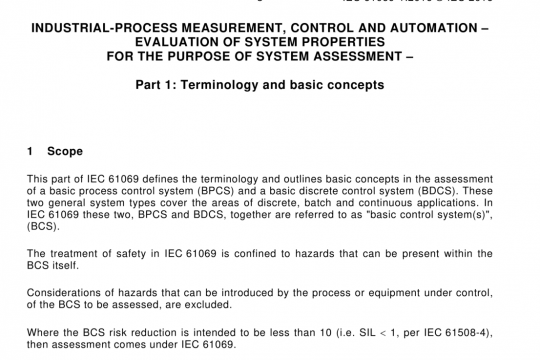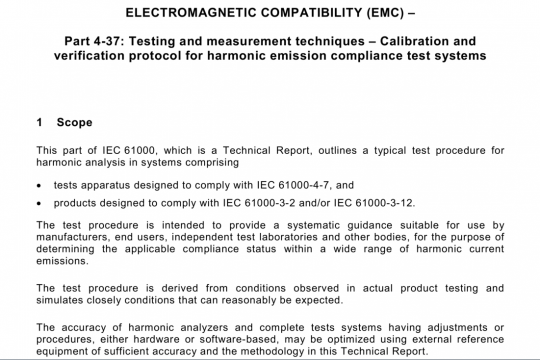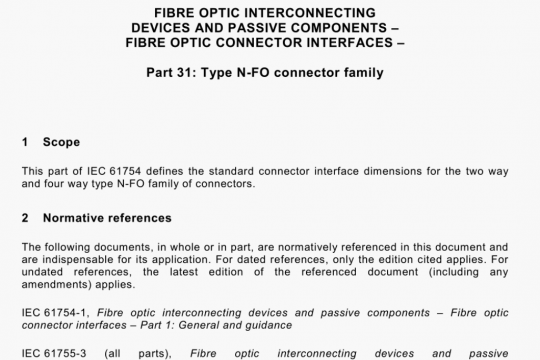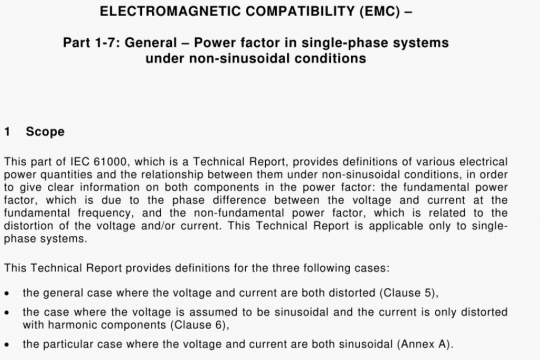IEC TR 63308 pdf free download
IEC TR 63308 pdf free download.Virtual reality equipment and systems – Market, technology and standards requirements.
One of the immersive factors is a wide FOV. A VR FOV should ideally be the same as that of the human eye, for example 1900 to approximately 2100 horizontally and 1200 to approximately 135° vertically [2], [3].
The eye’s ability to detect objects clearly is natural. Because pixels corresponding to an object remain stationary in the video frame for a complete refresh cycle while the eyes move in anticipation of motion, frame frequency of the VR display should be fast enough for the eye’s tracking system to catch smooth image movements in pixels corresponding to a moving object.
There is an adaption of human eyes under lighting conditions. Eyes have a very wide dynamic range to see stars at night as well as very bright objects under sunny conditions. So, the contrast range of display would be up to i:iO, because the VR condition is very dark.
One of the functions of the eye is that the human eye can discern a variation of very similar colours. The contrast range and distinguishing the colour difference require a wider colour space than standard red, blue, green (sRGB) and bit rate over 8 bits.
6.3 Visual comfort considerations of VR equipment and systems
6.3.1 General
In order to give more immersive VR experiences to users, VR equipment and systems have to satisfy the requirements of human senses. If there is a mismatch between the human senses and VR equipment and systems, users can experience negative effects such as dizziness and vomiting. Indeed, many users have reported visual discomfort due to the prolonged use of VR equipment and systems. Therefore, visual comfort is one of the important elements for VR equipment and systems.
6.3.2 Binocular disparity
Humans see an object with two eyes, and recognize stereoscopic senses through them. It is one of the ways in which humans perceive depth. This kind of visual perception is called a binocular disparity. The binocular disparity is caused by a pupillary distance or physical distance between two eyes. Since there is pupillary distance, each eye sees a slightly different image of the object. The human brain then combines the two different images and creates a stereo image.
Most of VR equipment and systems have adopted the binocular disparity. In other words, VR equipment and systems send different visual information to each eye, respectively. Then it makes our brain mistaking virtual reality as a real space. Therefore, for giving a VR experience without visual discomfort to users, VR equipment and systems have to be well organized to give appropriate images to which binocular disparity is applied.
6.3.3 Screen door effect
The screen door effect is a visual artifact caused by a display which is adopted in VR equipment and systems. The display consists of numerous pixels, and there are some spaces between each pixel. The space is the area which is not lit, and it could look like a black grid when users use VR equipment and systems. This phenomenon is called the screen door effect.
The screen door effect can occur for all kinds of displays, but it is worse on VR equipment and systems, because our eyes are so close and are looking at the display through magnifying lenses. Therefore, the screen door effect is one of visual discomfort when using VR equipment and systems.IEC TR 63308 pdf download.




